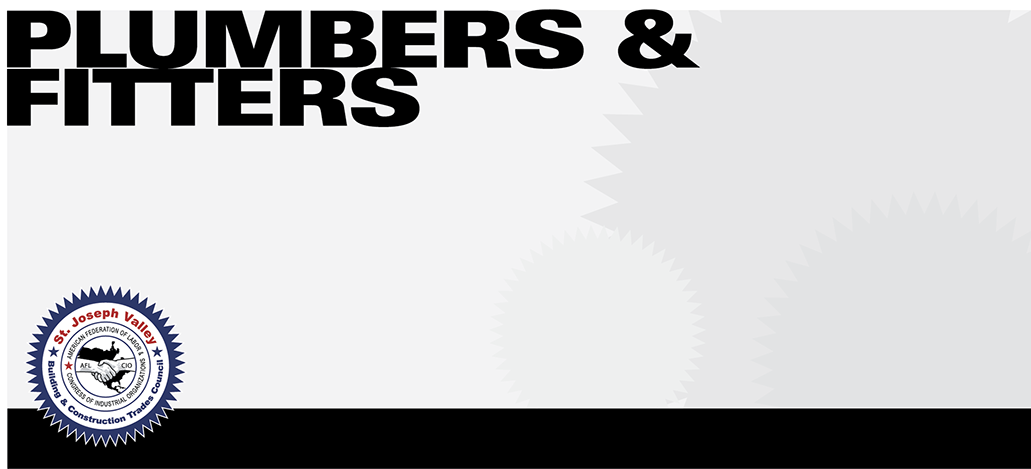
A Plumber installs pipes for water, gas, sewage and drainage systems. They also install sanitary facilities such as lavatories, toilets, tubs, bathroom fixtures, showers, kitchen fixtures, drinking fountains and laundry equipment. Although most Plumbers work at construction sites, some work for public utilities and industrial plants. A Plumber must also run tests on his installations to assure that the system is functioning properly and meets the plumbing code. They are often called upon to clear pipe lines and drains and make repairs on faucets, valves and leaky pipes. A HVAC Technician installs, makes diagnoses, and services heating, ventilation, air conditioning, and refrigeration systems. Technicians must be aware of information concerning the installation and use of cold state controls, state of the art equipment, and methods which must be used to comply with the environmentally safe use and handling of refrigerants. They must also be familiar with all types of modern air conditioning equipment, energy conservation, heat recovery, sound abatement, and other topics. Fitters assemble, install, and maintain pipes to carry water, steam, compressed air, gases, and fluids needed for processing, manufacturing, heating, or cooling. A fitter must be able to adapt and repair pipe systems and install appliances, heating and refrigeration units and do all types of pipe welding. Pipefitters install and repair high-pressure and low-pressure process piping, as well as piping for heating & cooling systems. Steamfitters install the supply lines and return lines of boilers.